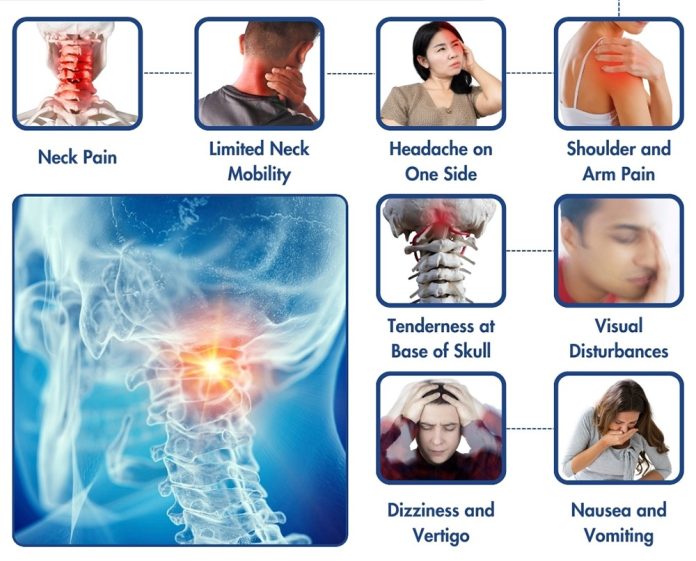Medical experts say hair stylists, carpenters, and truck drivers are some of the professionals that are prone to developing cervicogenic headache simply because of the way they hold their heads while working.
Headaches happen for lots of reasons, experts say. However, knowing what kind you have and what’s causing it can be hard, but if it’s related to a problem in your neck, there’s a good chance it’s a cervicogenic headache, according to experts.
Physicians say many things can cause a cervicogenic headache, and that sometimes, there’s no way to figure out exactly what it is.
According to experts at Pro Spine & Pain, cervicogenic headaches are often caused by underlying spinal issues in the neck area, inflicting intense pain and impairing the day-to-day life of sufferers.
“Recognizing the symptoms is crucial for proper diagnosis and effective treatment,” the experts say.
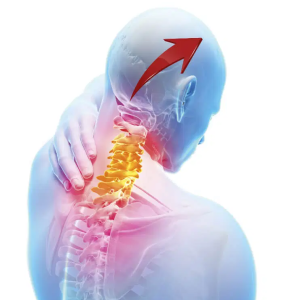 According to physicians, cervicogenic headaches are a type of secondary headache, because they stem from abnormalities in the bones, nerves, or soft tissues of the cervical region.
According to physicians, cervicogenic headaches are a type of secondary headache, because they stem from abnormalities in the bones, nerves, or soft tissues of the cervical region.
“They can arise from trauma to the head and neck or osteoarthritis of the cervical spine joints,” MedicalNewsToday warns.
The peculiar headache can come from problems with the bones in the neck (vertebrae), joints, or neck muscles that happen over time. For example, people in certain jobs, like hair stylists, carpenters, and truck drivers, can get cervicogenic headache from the way they hold their heads while working.
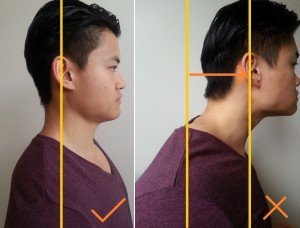
Sometimes cervicogenic headache happens in people who hold their heads out in front of their bodies. That’s called “forward head motion,” and it puts extra weight on your neck and upper back.
It also can come from a fall, sports injury, whiplash, or arthritis. Or the nerves in your neck might be compressed (squeezed).
You also can get cervicogenic headaches from a tumor or a fracture (small break) in your upper spine or neck.
Symptoms
The following conditions are symptomatic of this type of headache:
Neck Pain: One of the hallmark symptoms of this type of headache is persistent pain in the neck region. The pain may originate from one side or both sides of the neck and can radiate to areas such as the back of the head, temples, or forehead.
Triggered by neck movement: Cervicogenic headache triggers may include sudden or strained movements of the neck, often coupled with a decrease in neck mobility.
Limited neck mobility: Another common symptom is restricted range of motion in your neck. You might experience difficulty when trying to turn your head fully left or right, tilt it backward or forward, or even perform simple activities like looking over your shoulder.
Headache on one side: Cervicogenic headaches usually occur on one side of the head or face but can also affect both sides simultaneously. The pain typically feels dull and steady, rather than throbbing like migraines.
Shoulder and arm pain: Cervical spine dysfunction can cause referred pain into surrounding areas such as shoulders and arms. This discomfort might be accompanied by muscle weakness or numbness in these regions.
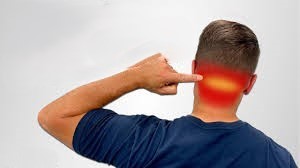
Tenderness at base of skull: People with cervicogenic headaches may feel tenderness around the top of the neck where their upper vertebrae connect with their skull. This is called occipital neuralgia. The touch sensitivity could be localized to specific points near these joints known as trigger points.
Visual disturbances: Similar to migraine, some individuals with cervicogenic headaches may experience visual disturbances during an episode, including blurred vision, light sensitivity (photophobia), double vision (diplopia), or difficulty focusing on objects.
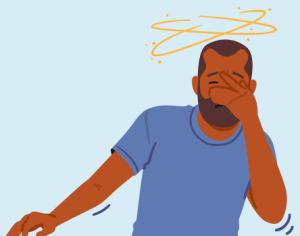 Dizziness and vertigo: This problem can cause dizziness or a spinning sensation known as vertigo. This symptom may worsen with certain head movements or when maintaining a specific posture for an extended period.
Dizziness and vertigo: This problem can cause dizziness or a spinning sensation known as vertigo. This symptom may worsen with certain head movements or when maintaining a specific posture for an extended period.
Nausea and vomiting: While nausea and vomiting are more commonly associated with migraines, they can also occur in cervicogenic headaches, especially if the pain is severe or persistent.
Treatment
The American Migraine Foundation says overall, the treatment approach for cervicogenic headaches will be individualized based on the patient’s specific symptoms, underlying causes, and treatment goals.
“A multidisciplinary approach involving collaboration between healthcare providers such as neurologists, orthopaedic specialists, pain management physicians, physical therapists, and chiropractors may be necessary to optimize outcomes and improve the quality of life for patients,” the National Institutes of Health says.

